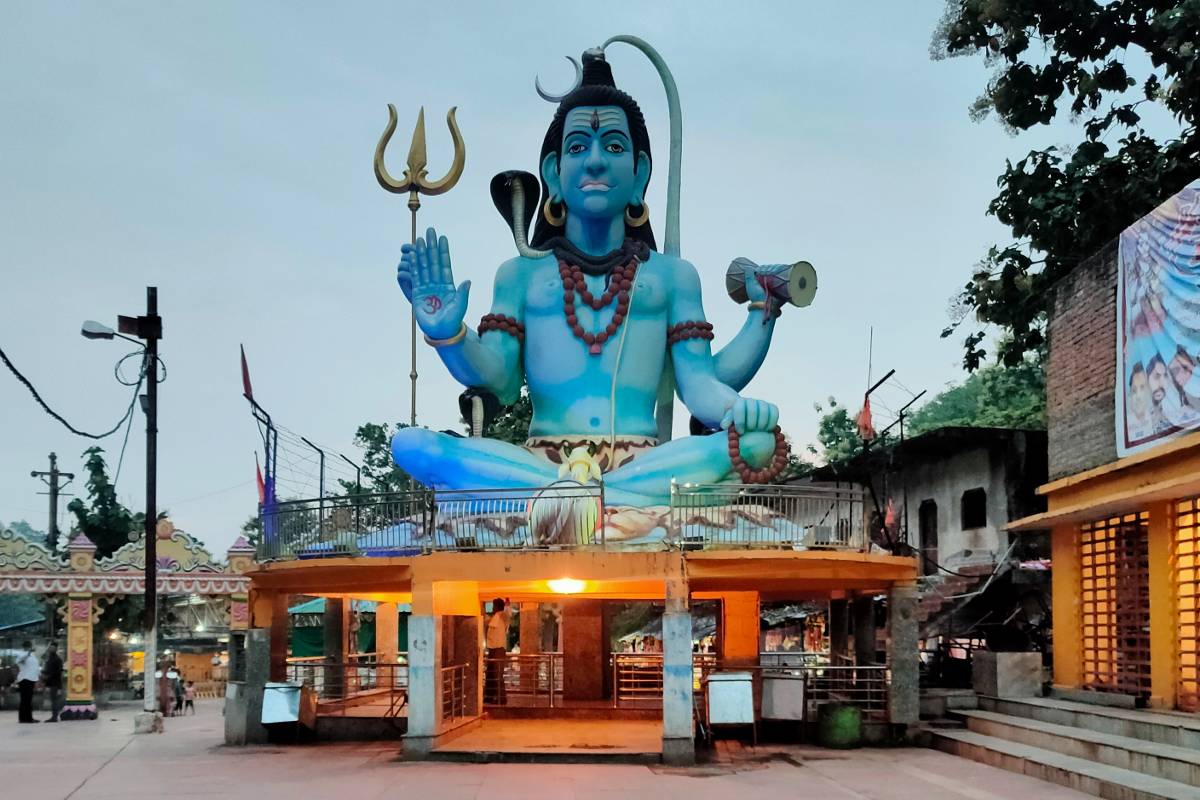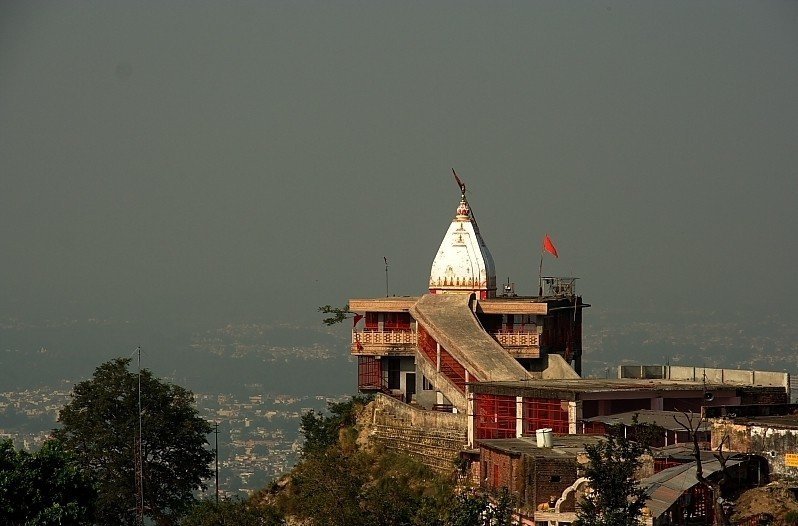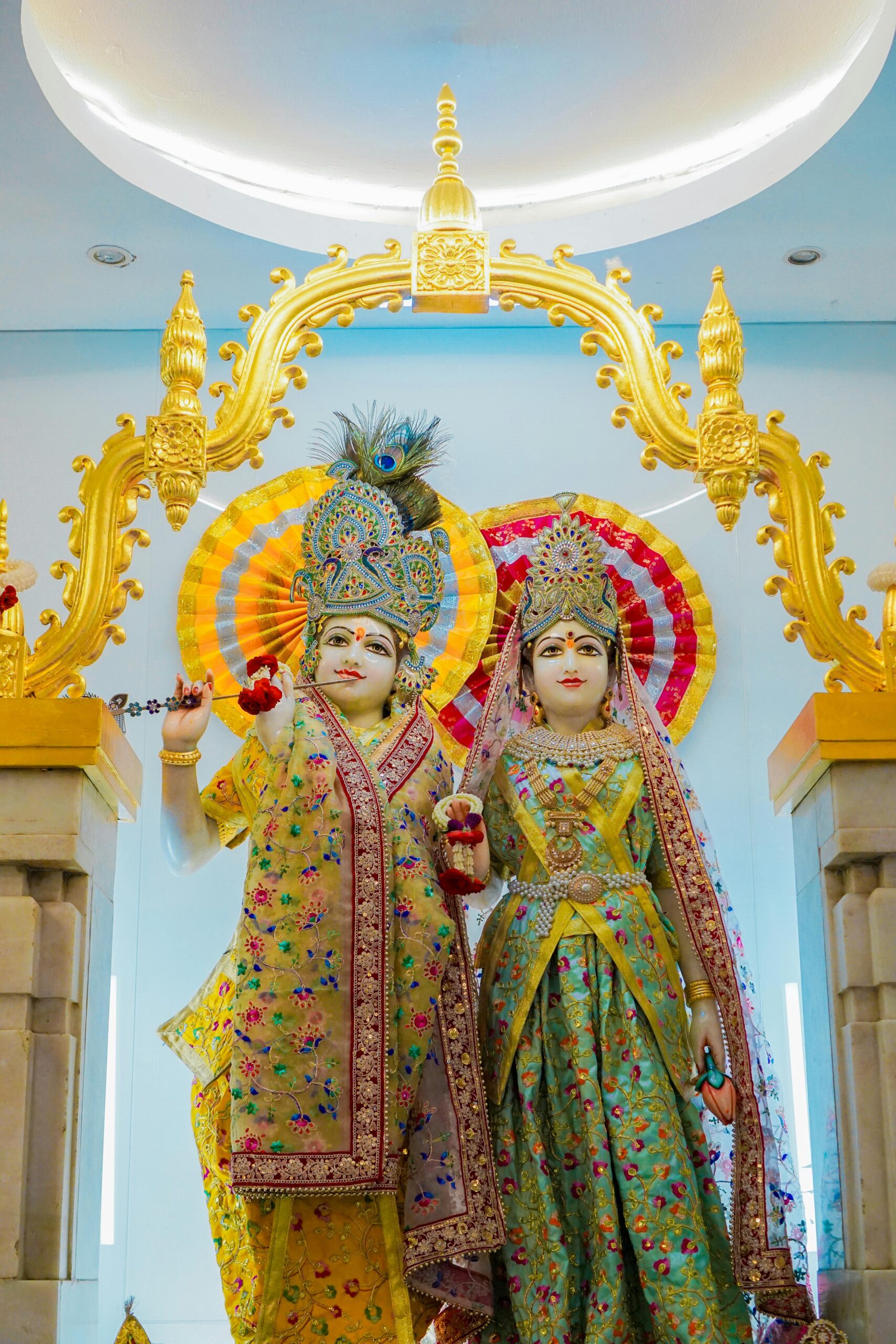Chhindwara, a quaint town in the heart of Madhya Pradesh, India, is not just a repository of natural beauty but also a treasure trove of cultural and spiritual heritage. Amidst the lush greenery and serene landscapes, Chhindwara houses several temples that stand as testaments to the rich cultural tapestry of the region. In this article, we will embark on a journey to discover the best temples in Chhindwara, delving into their history, significance, and the spiritual ambiance they offer.
Jata Shankar Temple:

Nestled amidst the Satpura Range, the Jata Shankar Temple is a divine haven dedicated to Lord Shiva. The temple is renowned for its unique natural formation – a cave that houses a naturally occurring Shiva Lingam. Pilgrims and tourists alike are drawn to the spiritual aura of this temple, surrounded by lush greenery and the melodious sound of the nearby waterfall.
Ganpati Mandir, Ramakona:

Dedicated to the elephant-headed deity, Lord Ganesha, the Ganpati Mandir in Ramakona is a significant pilgrimage site in Chhindwara. The temple exudes a tranquil atmosphere, and devotees flock here to seek the blessings of Lord Ganesha, the remover of obstacles. The architecture and intricate carvings of the temple add to its charm, making it a must-visit for those seeking spiritual solace.
Maa Chandi Devi Temple:

Perched atop a hill, the Maa Chandi Devi Temple offers panoramic views of Chhindwara. This temple is dedicated to Goddess Chandi, an incarnation of Goddess Durga. The annual Navratri festival witnesses a surge of devotees, who climb the steps to seek the divine blessings of the goddess. The temple complex also includes smaller shrines dedicated to various deities, enhancing the overall spiritual experience.
Shiv Temple, Dungaria:

For devotees seeking a serene and secluded place for worship, the Shiv Temple in Dungaria is an ideal destination. Surrounded by dense forests, the temple provides a peaceful retreat for meditation and prayer. The Shiv Lingam enshrined here is believed to exude a powerful spiritual energy, attracting devotees from far and wide.
Radha Krishna Temple, Pandhurna:

A masterpiece of architecture, the Radha Krishna Temple in Pandhurna is a marvel that combines spirituality with aesthetic appeal. The temple is adorned with vibrant colors, intricate carvings, and beautiful sculptures depicting episodes from Hindu mythology. Devotees and art enthusiasts alike find solace and joy in the divine ambiance of this temple.
5 FAQs about Chhindwara’s Temples:
- Is there a specific time to visit these temples? While these temples are open throughout the year, special festivals and occasions witness a surge in visitors. The monsoon season, with its lush green surroundings, is particularly enchanting, providing a unique experience for those seeking a blend of spirituality and natural beauty.
- Are there any rituals or festivals celebrated at these temples? Yes, each temple has its set of rituals and festivals. For example, the Jata Shankar Temple celebrates Maha Shivratri with grandeur, while the Ganpati Mandir in Ramakona witnesses elaborate festivities during Ganesh Chaturthi. The Maa Chandi Devi Temple is a hub of activity during Navratri, and the Radha Krishna Temple in Pandhurna hosts various cultural events.
- How can one reach these temples? Chhindwara is well-connected by road and rail. Tourists can hire local transport or use public buses to reach these temples. The journey to some temples, like the Maa Chandi Devi Temple, may involve a short trek, adding an adventurous element to the pilgrimage.
- Are there accommodation facilities near these temples? Chhindwara offers a range of accommodation options, from budget hotels to more luxurious resorts. Tourists can find suitable places to stay in the town and explore the temples at their convenience.
- What is the significance of these temples in Chhindwara’s cultural landscape? The temples in Chhindwara play a crucial role in preserving and promoting the cultural and spiritual heritage of the region. They are not only places of worship but also cultural hubs where festivals, rituals, and community events take place, fostering a sense of unity and shared heritage among the locals.
